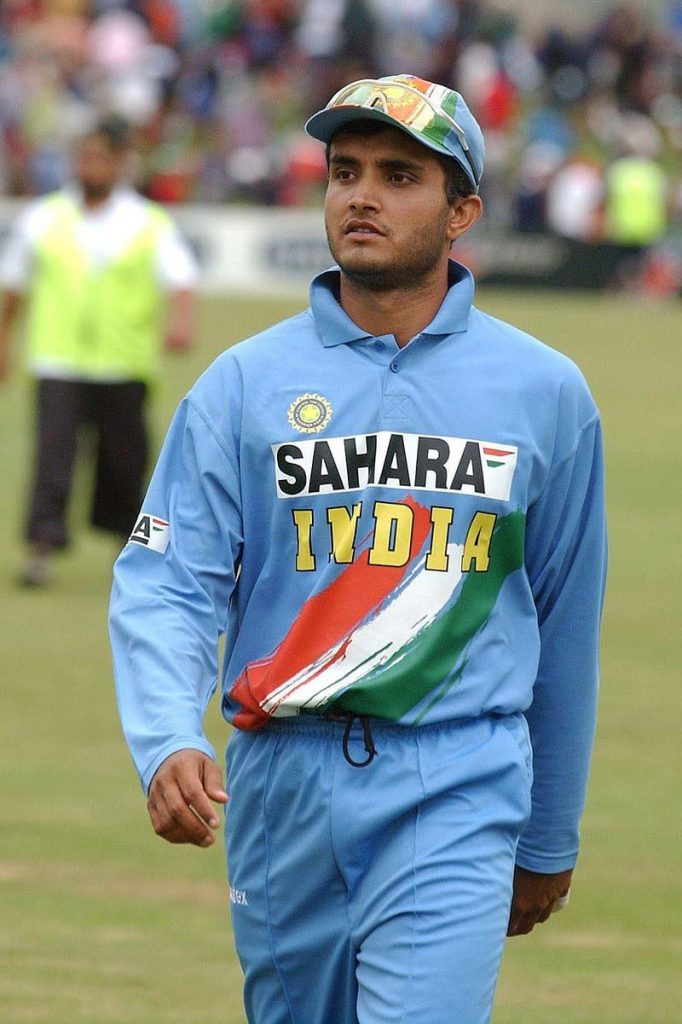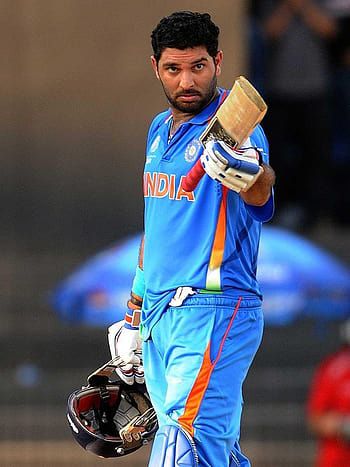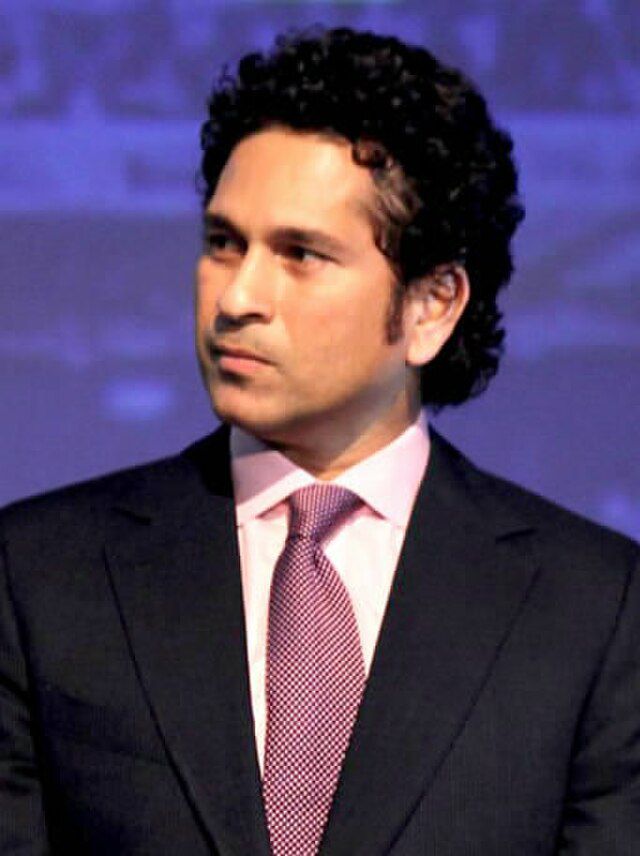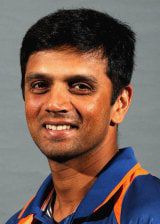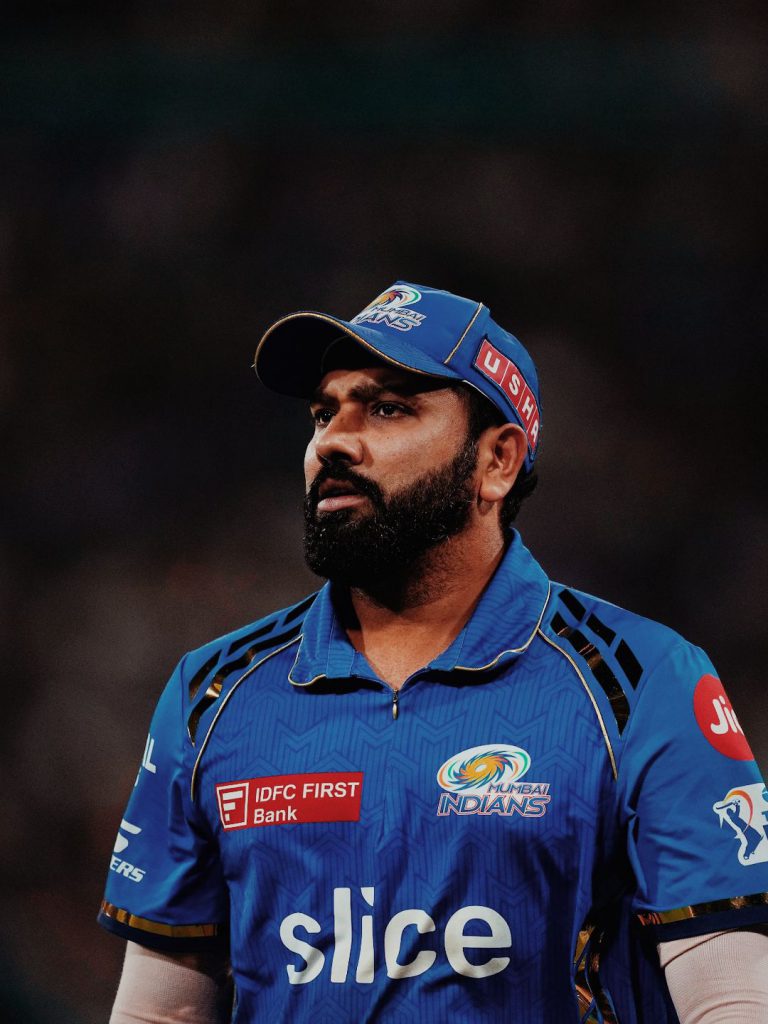Gautam Gambhir: The Resilient Crusader of Indian Cricket
Introduction:
Gautam Gambhir, a name that evokes images of determination and resilience, is one of the most prolific left-handed batsmen in Indian cricket history. Renowned for his solid technique, fierce competitiveness, and ability to perform under pressure, Gambhir played a pivotal role in India’s success in both Test and limited-overs cricket. In this blog, we explore the life and career of Gautam Gambhir, a crusader who left an indelible mark on Indian cricket.
Early Life and Rise to Prominence:
Gautam Gambhir was born on October 14, 1981, in New Delhi, India. Coming from a middle-class background, Gambhir’s journey to cricketing stardom was fueled by his unwavering passion and dedication. He made his international debut for India in 2003 and quickly showcased his potential as an opening batsman with his solid technique and ability to anchor the innings.
Resilience and Temperament:
Gambhir’s true strength lay in his mental fortitude and determination. He possessed the ability to absorb pressure and deliver when it mattered the most, earning him the reputation of being a big-match player. Gambhir’s innings in the finals of the ICC T20 World Cup 2007 and the ICC Cricket World Cup 2011 are memorable examples of his ability to rise to the occasion and deliver crucial runs under immense pressure.
Prolific Scorer in All Formats:
Gautam Gambhir excelled in both Test and limited-overs cricket, showcasing his versatility and adaptability. In Test cricket, he formed a formidable opening partnership with Virender Sehwag and played crucial innings against top bowling attacks. Gambhir’s ability to bat for long periods and accumulate runs made him a valuable asset to the team.
In the limited-overs format, Gambhir’s aggressive stroke play and calculated aggression made him a consistent run-scorer. He played crucial innings in numerous high-profile matches, contributing to India’s victories in major tournaments.
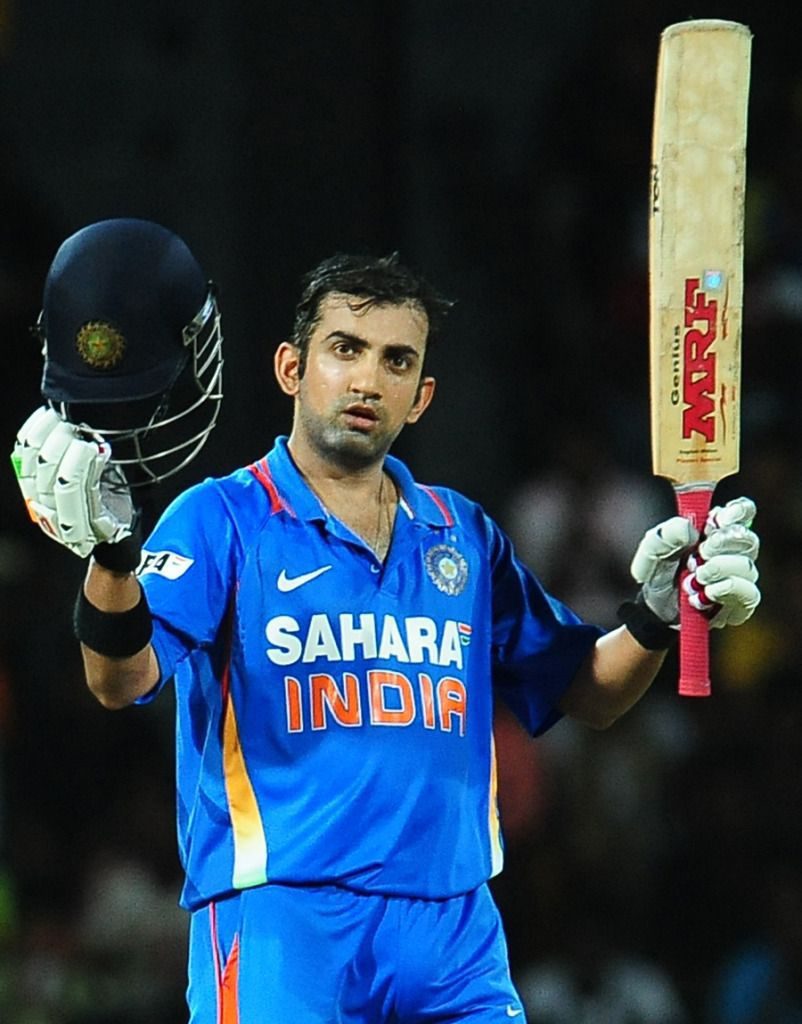
Contributions to Indian Cricket:
Gautam Gambhir’s contributions to Indian cricket go beyond his individual performances. He played an instrumental role in India’s success during the ICC T20 World Cup 2007 and the ICC Cricket World Cup 2011, where he provided stability at the top of the batting order. Gambhir’s partnership with MS Dhoni in the final of the 2011 World Cup is etched in the memories of cricket fans worldwide.
Off the field, Gambhir remained vocal about various issues affecting Indian cricket. He was an advocate for fair selection policies and voiced his opinions fearlessly. Gambhir’s commitment to the game and his team-first approach earned him the respect of teammates and fans alike.
Gautam Gambhir had an illustrious international and domestic career, displaying his batting prowess and playing crucial roles in significant victories for both India and his domestic teams. Here’s an overview of his international and domestic cricket career:
International Career:
Gautam Gambhir represented the Indian national cricket team from 2003 to 2016. He played in all three formats of the game, making significant contributions as an opening batsman.
Test Cricket:
- Gambhir made his Test debut against Australia in November 2004.
- He formed a formidable opening partnership with Virender Sehwag and played a crucial role in India’s rise to the No. 1 Test ranking.
- His highest Test score of 206 came against Australia in Delhi in 2008.
- Gambhir played 58 Test matches, scoring 4,154 runs at an average of 41.95, including nine centuries and 22 fifties.
One-Day Internationals (ODIs):
- Gambhir made his ODI debut against Bangladesh in April 2003.
- He was an integral part of India’s limited-overs success, especially during the 2007 ICC T20 World Cup and the 2011 ICC Cricket World Cup.
- Gambhir played 147 ODIs, accumulating 5,238 runs at an average of 39.68, including 11 centuries and 34 fifties.
T20 Internationals:
- Gambhir made his T20I debut against Scotland in September 2007.
- He played 37 T20I matches, scoring 932 runs at an average of 27.41, including seven fifties.
Domestic Career:
In domestic cricket, Gambhir played for the Delhi cricket team in Indian domestic competitions.
Ranji Trophy:
- Gambhir was an integral part of the Delhi team, leading them to multiple Ranji Trophy victories.
- He scored heavily in the tournament, amassing over 10,000 runs in his Ranji Trophy career.
Indian Premier League (IPL):
- Gambhir had a successful IPL career, captaining the Kolkata Knight Riders (KKR) from 2011 to 2017.
- Under his leadership, KKR won the IPL title in 2012 and 2014.
- Gambhir was instrumental with the bat, providing stability and scoring crucial runs for the team.
Overall, Gautam Gambhir’s international and domestic career was marked by consistency, resilience, and playing vital innings in crucial matches. His contributions to Indian cricket, both as an opening batsman and as a leader, have left an indelible mark on the sport.
Philanthropy and Social Initiatives:
Gautam Gambhir has been actively involved in philanthropic activities, using his platform to make a positive impact on society. He has supported causes related to education, healthcare, and the welfare of underprivileged children. Gambhir’s efforts to bring about positive change off the field reflect his compassionate nature and commitment to social responsibility.
Conclusion:
Gautam Gambhir’s cricketing journey is a testament to resilience, determination, and the ability to perform when it matters the most. His solid technique, mental fortitude, and contributions to Indian cricket make him one of the most revered cricketers of his generation. Gambhir’s legacy as a prolific run-scorer, big-match player, and crusader for social causes will continue to inspire aspiring cricketers and leave a lasting impact on Indian cricket. Gautam Gambhir will forever be remembered as an embodiment of resilience and a true warrior on and off the cricket field.
Read This Also: Virat Kohli, Rohit Sharma, Yuvraj Singh, Rahul Dravid,
